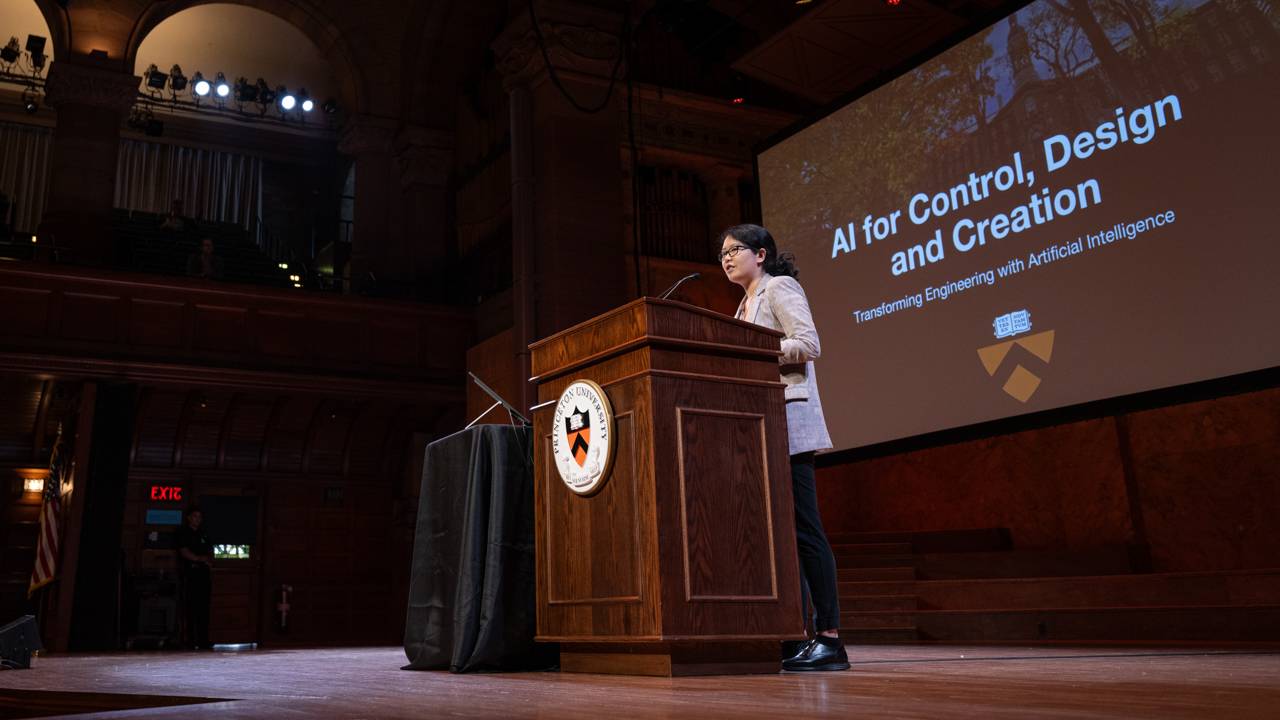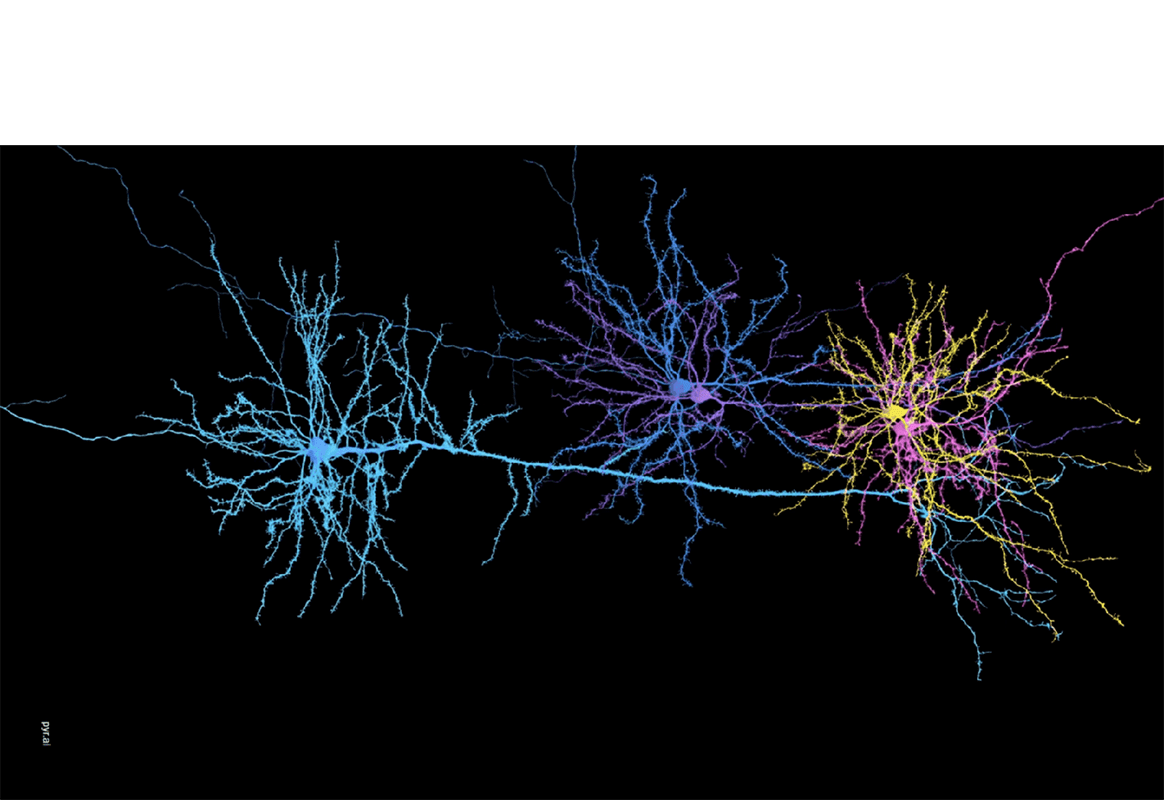Tools of statistical finance aid search for disease causes and treatments
 The bookshelf of Jianqing Fan, the Frederick L. Moore Class of 1918 Professor in Finance, is filled with books about finance, treatises on econometrics-and massive tomes on cellular biology and biochemistry.
The bookshelf of Jianqing Fan, the Frederick L. Moore Class of 1918 Professor in Finance, is filled with books about finance, treatises on econometrics-and massive tomes on cellular biology and biochemistry.
The juxtaposition reflects Fan’s success in bringing the statistical tools of finance to bear on a wide range of human health problems, including projects to identify the genes responsible for a devastating pediatric cancer, to tease apart factors causing heart disease and to explain the body’s response to spinal cord injury.
“Some of the most interesting academic questions stem from and are inspired by problems of huge social impact from the real world,” said Fan, who also directs the Committee for Statistical Studies. He was named the 2006 Myrto Lefkopoulou Distinguished Lecturer at the Harvard School of Public Health for his statistical analysis of data from DNA microarrays, which are devices that reveal the activities of thousands of genes at once.
He has done extensive work with such data to understand the development and metastasis of neuroblastoma, a dreadful disease responsible for 15 percent of all pediatric cancer deaths. Using statistical tools to overcome the large amounts of noise and bias that exist in experimental microarray data, Fan worked with Yi Ren at the University of Hong Kong to identify genes that appear to play important roles in tumor progression and metastasis, and that represent promising targets for future therapies.
Fan will continue the collaboration with Ren, now an associate research professor in the W.M. Keck Center for Collaborative Neuroscience at Rutgers University, to study the relation between inflammation and neurodegeneration in spinal cord injury. The two are studying the inflammatory response to spinal cord injury and how it affects the function of neurons.
Additionally, Fan has been designing statistical tools to analyze major long-term health studies, including the famous Framingham Heart Study, for the past 15 years. These widely applicable methods are able to tease apart the interactions between factors, such as cholesterol and age in the case of heart disease. The goal is to provide an understanding of how certain factors increase risk for a particular condition and to reduce the biases of traditional statistical approaches.







